Sustainability series: Matching up the E, S and G in the complex world of trade
What does the global sustainability push mean for trade? In the first of a three-part series, we explore the impact of the ESG movement on global trade, and how intelligent solutions can support a more sustainable world.
There has been a seismic shift in the global stance towards sustainability in the past few years – no longer an option for public and private stakeholders, it is a priority. There is also no denying that trade and trade finance will be essential in advancing the environmental, social and governance, or “ESG”, movement.
The sustainability agenda is gaining rapid pace, with experts warning during the pandemic of ESG risks in supply chains and beyond. There has been global acknowledgement, at climate summit COP26 last November for example, that we must build sustainability into every facet of our lives. But what does that mean for trade and how will it be managed?
The International Chamber of Commerce (ICC) states that sustainable trade represents the import, export, or trade of goods and services which actively support the achievement of one or more UN Sustainable Development Goals (SDGs) without infringing on any of the other 17 SDGs. In its November roadmap, the ICC adds that sustainable trade finance is the financing or facilitation of sustainable trade using recognized instruments.
The problem is that global trade is inherently complex with supply chains reaching around the world. A single trade transaction can involve as many as 20 different parties, include different types of goods, services and raw materials, comprise multiple jurisdictions, and need different modes of transport.
Additionally, goods that are not sustainable may be used for sustainable purposes – in the construction of wind turbines, in electric vehicles or other sustainable infrastructure, for example. And products that are considered sustainable may be made with parts or materials sourced unsustainably.
The “E”, “S” and “G”
There is a clear relationship and tension between “E”, “S” and “G” factors for trade; balancing these in specific instances, to improve overall sustainability across supply chains, is proving difficult.
Demand is surging for certain materials, such as cobalt and lithium, for industries of the future including the electric car sector, which aims to reduce global vehicle emissions. But the mining of these resources in some countries – cobalt in the Democratic Republic of the Congo, for instance – has raised ethical and societal issues because of weak governance, environmental damage and unsustainable sourcing.
Factory emissions, deforestation as well as coal, oil and gas are also under scrutiny, with some banks and government agencies withdrawing financial support for fossil fuel projects. Several lenders in the West have avoided the $3.5bn East African Crude Oil Pipeline project, running from Uganda to Tanzania, on sustainability grounds. Others say it is important to regional socio-economic development.
Some developing country leaders argue that it is unfair to push “E” potentially to the detriment of “S”, highlighting the delicate balancing issues. A pledge to end deforestation was agreed by more than 200 countries at COP26. Only days after the deal, Indonesia’s environment minister Siti Nurbaya Bakar said that “forcing Indonesia to zero deforestation in 2030 is … unfair”. The country’s priority is development, she said, using the example of forests needing to be cut down to build roads.
Leveraging tech
While industry bodies such as the ICC are carving out sustainable trade finance frameworks, there is no universal standard for trade yet, making it hard to distinguish how sustainable a transaction is. It can also bring about accusations of “greenwashing” – when firms portray themselves as more sustainable than they are.
There are, however, various sustainability frameworks available to follow such as the Loan Market Association’s Green Loan Principles, and more recently its Social Loan Principles. Financial incentives including sustainability-linked loans are also being used by banks, whereby the margin on a loan decreases if the corporate borrower meets specific ESG targets.
Though, as the ICC notes, analyzing all the factors in a trade transaction and lining them up with ESG frameworks is tricky, and yet advancing the sustainability agenda is of significant importance to a wide range of public and private stakeholders. Certainly, there is a key part for technology in bridging the gap between analyzing and reporting and helping advance the movement in trade.
The role of an intelligent solution, such as the AI-powered TradeSun platform, in analyzing transaction data against frameworks is critical to providing transparency, rewarding firms that are adhering to higher standards and allowing banks to more easily play their part in the ESG movement.
In the same way the TradeSun platform screens vessels with third-party data providers and completes dual use goods and fair price checks, the solution can mix and match ESG sources to clients, allowing flexibility and choice. It can add value with vessel efficiency scores and by helping develop carbon ledgers for everything from vessels and haulage contractors to raw material suppliers.
There is a long way to go before the ICC’s definition of sustainable trade is widely achieved, and “E”, “S” and “G” factors work in harmony across complex supply chains. Actions are being taken by industry to propel the movement, but universally adopted standards for sustainable trade and clear reporting are needed for players in trade to support and further the sustainability agenda.

